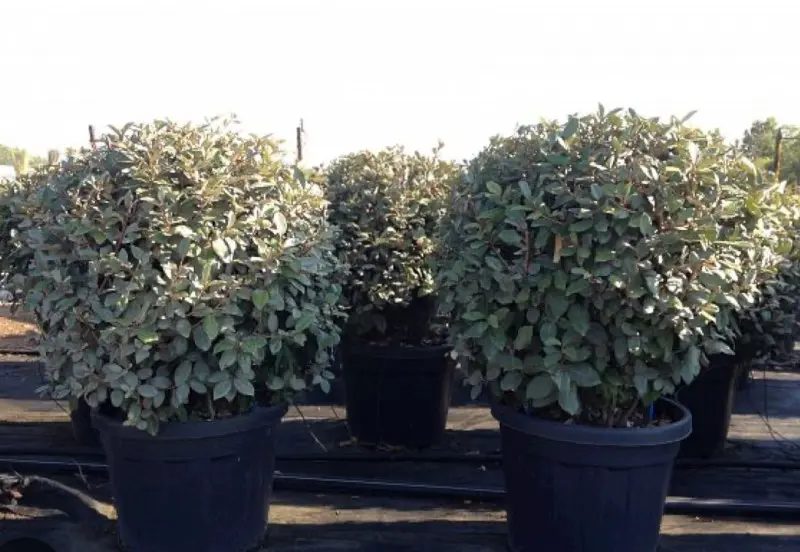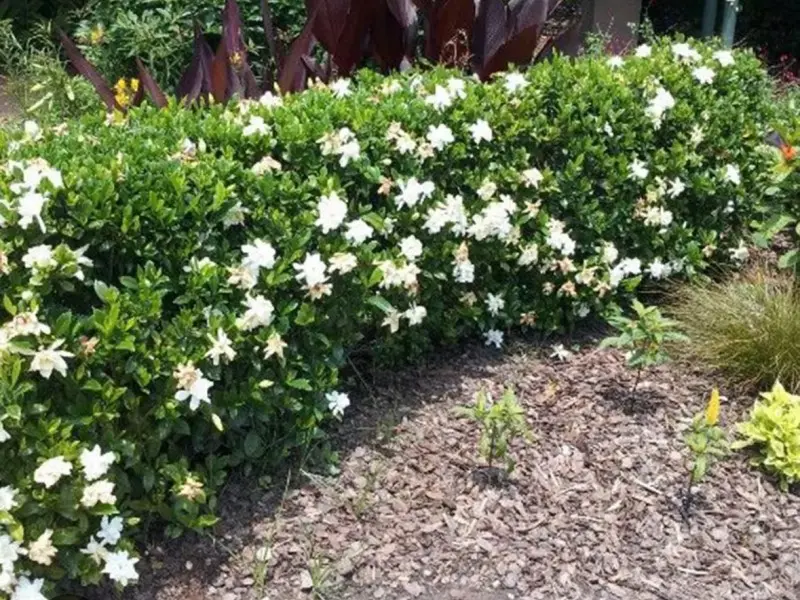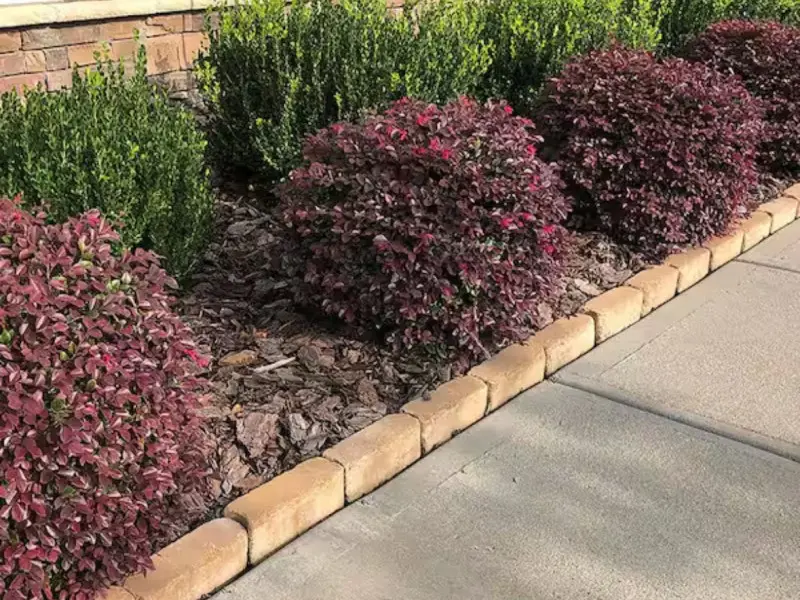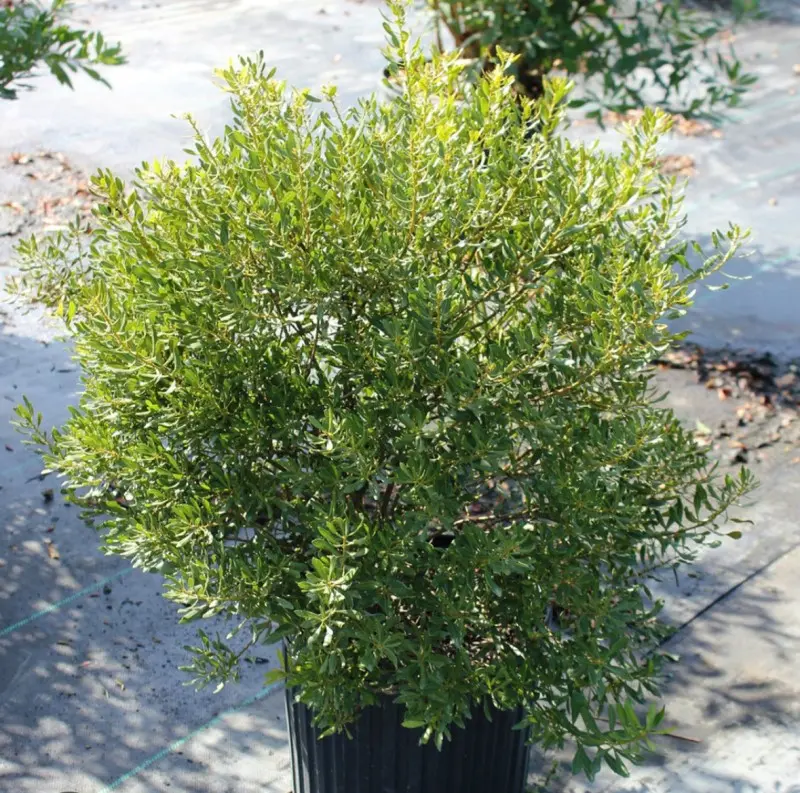Description
Nandina (Nandina domestica), also known as Heavenly Bamboo, is a graceful, evergreen shrub prized for its colorful, finely textured foliage and seasonal interest. Despite the name, Nandina is not a true bamboo, though it has bamboo-like stems and a similar upright, clumping growth habit. Its delicate, compound leaves change colors throughout the year, transitioning from bright green in spring to shades of red, bronze, and burgundy in fall and winter. In summer, Nandina produces small white or pinkish flowers in airy clusters, followed by vibrant red berries in the fall that persist into winter, providing food for birds and adding additional color to the landscape.
Nandina typically grows 4 to 8 feet tall with a spread of 2 to 4 feet, though there are dwarf varieties that stay more compact, making it suitable for a variety of landscape uses. It thrives in full sun to partial shade and is hardy in USDA zones 6-9. Adaptable and tolerant, Nandina can grow in various soil types as long as they are well-draining and can tolerate some drought once established.
Low-maintenance and resilient, Nandina requires minimal pruning, though removing older stems at the base in early spring can help maintain a fuller, bushier appearance. Known for its pest and disease resistance, Nandina is commonly used in borders, foundation plantings, hedges, or as a focal point in garden beds. With its changing foliage colors, attractive berries, and year-round appeal, Nandina adds texture, color, and interest to gardens with minimal care requirements.






